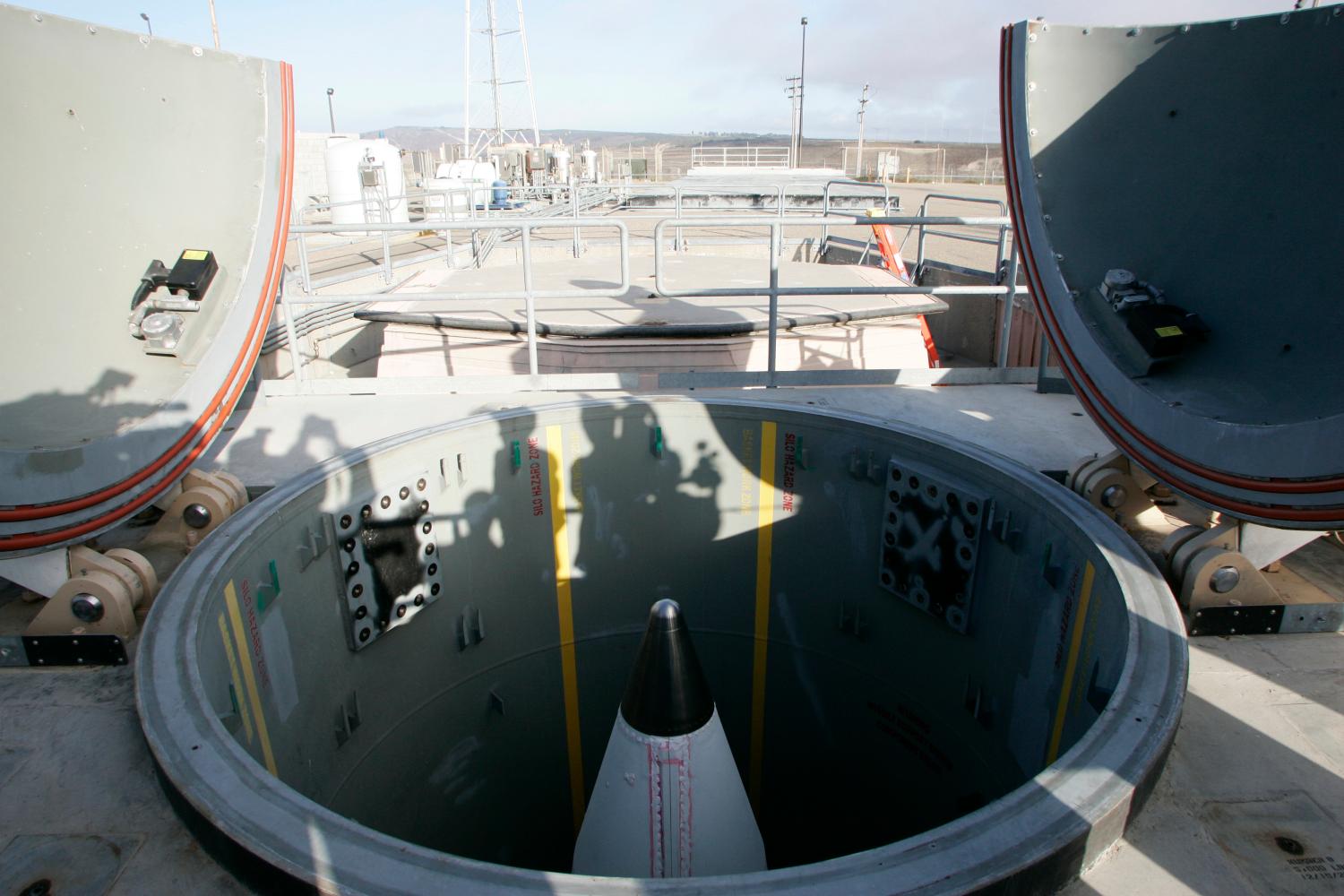Although New START implementation is proceeding, serious political and military obstacles – not least, deteriorating U.S.-Russian relations – stand in the way of progress with regard to further nuclear weapons reductions. The first report of the trilateral German-Russian-U.S. Deep Cuts Commission – Preparing for Deep Cuts: Options for Enhancing Euro-Atlantic and International Security – examines obstacles impeding further cuts in nuclear arms and identifies strategies for making new headway.
While the United States has expressed interest in further cuts beyond those in the New START treaty, Russia remains wary of committing to a new round of formal talks. Moscow has insisted that the parties must resolve differences over several strategic issues, including U.S. missile defenses and development of conventional precision-guided weapons (PGW). Russia would also like to multilateralize future arms control talks, to include other nuclear-weapon states beyond the traditional dyad.
The Commission’s report suggests that Russia and the United States initiate talks on a follow-on agreement to New START, with the goal of reducing their strategic forces to no more than 1000 deployed strategic warheads on no more than 500 deployed strategic delivery vehicles. The report suggests that the United States accelerate its implementation of New START reductions. Both countries must pursue confidence-building initiatives to address strategic roadblocks such as missile defense.
The report presents several other key recommendations:
- Tactical Nuclear Weapons (TNW): The United States and Russia should reconfirm their commitment to the 1991 and 1992 Presidential Nuclear Initiatives, which led to dismantlement or withdrawal of thousands of tactical nuclear weapons. This, along with expert dialogues, data exchanges and reciprocal visits to storage facilities, would build confidence and open the way for inclusion of TNW in a treaty-based framework
- Transforming Nuclear Doctrines: A bilateral dialogue on nuclear doctrines could increase understanding of U.S. and Russian intent and explore a mutual shift to a second-strike posture based on the ability to survive an attack, and not on the ability to retaliate immediately.
- Missile Defense: Information exchanges on missile defense could be supported by joint annual exercises. NATO should confirm that it would scale European missile defense deployments in response to threats from the Middle East. NATO and Russia should consider development of a joint study center which would allow for real-time exchange of radar and other air-space monitoring data between Russia and Europe, and open the way for possible missile defense cooperation.
- Conventional Precision-Guided Weapons: The United States and Russia should open regular consultations on PGW, which would include both “prompt” and “non-prompt” weapons, including submarine-launched cruise missiles (SLCMs). The sides could also consider declaring a maximum deployment number for conventional SLCMs.
- Conventional Arms Control (CAC) in Europe: NATO member states should consult with Russia on a new concept for modernizing CAC. The framework should combine substantially lower national ceilings with verifiable transparency measures, and could be supplemented by specific sub-regional arrangements. NATO and Russia should commit to increased transparency regarding the purpose and scope of military exercises.
The Brookings Institution is committed to quality, independence, and impact.
We are supported by a diverse array of funders. In line with our values and policies, each Brookings publication represents the sole views of its author(s).



